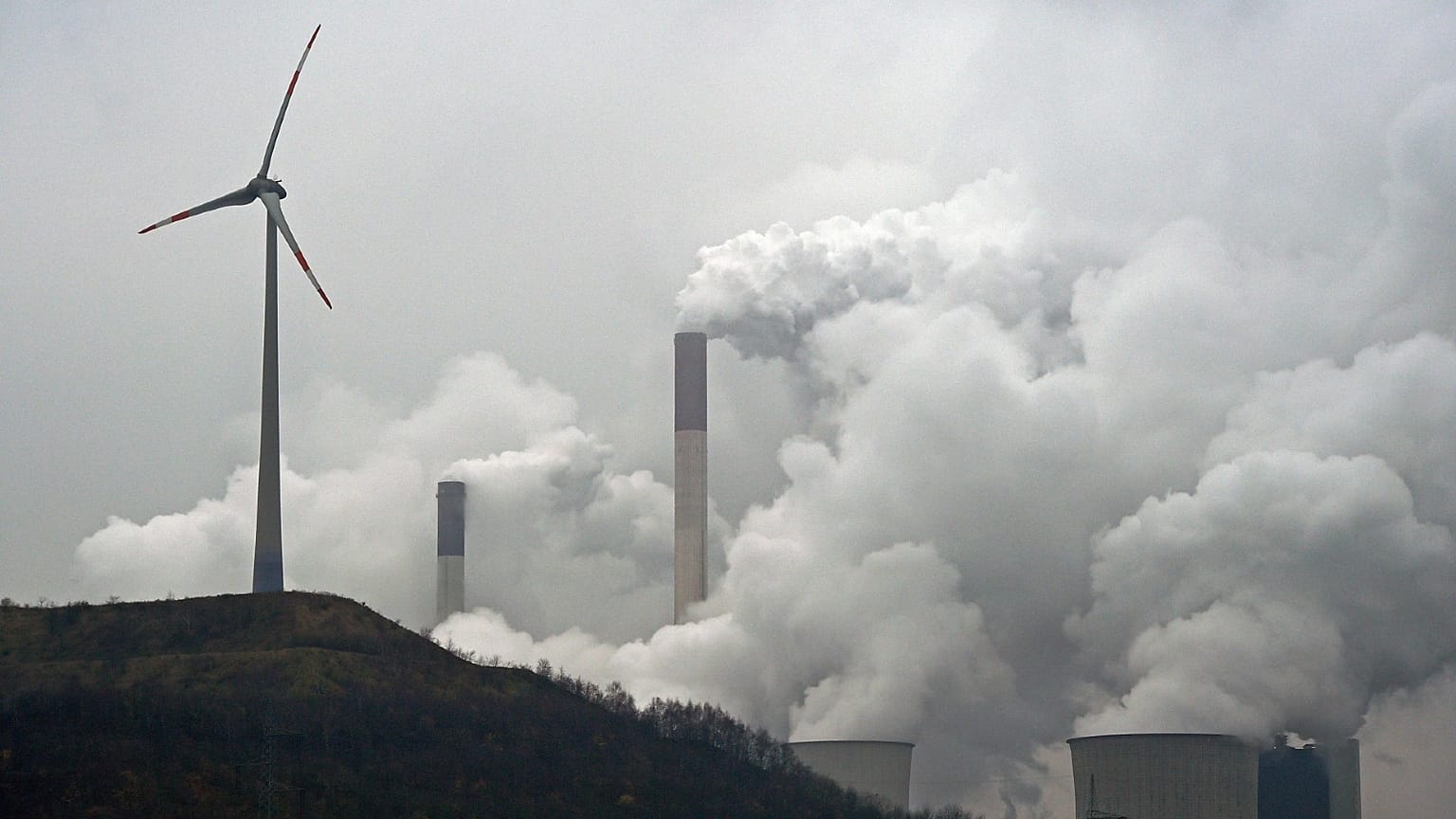The new rules will apply to road and domestic maritime transport, buildings, agriculture, waste and small industries which are collectively responsible for about 60% of the bloc's greenhouse gas emissions.
European Union negotiators on Tuesday evening struck a deal for binding emissions reduction targets for sectors including road transport, agriculture, buildings, and waste.
The agreement struck between members of the European Parliament and negotiators from the European Council at around 23:15 CET on Tuesday evening, plans for an EU-level greenhouse gas emission reduction target of 40% compared to 2005 for the sectors not covered by the EU Emissions Trading System (EU-ETS).
These include road and domestic maritime transport, buildings, agriculture, waste and small industries. They are collectively responsible for about 60% of the bloc's greenhouse gas emissions.
The bill is the second agreed under the Commission's flagship Fitfor55 package that aims to slash net greenhouse gas emissions by at least 55% by 2030 and make the EU carbon neutral by the century's mid-way point.
"I am glad that we managed to reach a swift agreement on this proposal just in time for COP 27," Marian Jurečka, the minister of environment for the Czech Republic, which currently holds the rotating EU presidency, said in a statement.
"This will allow the EU to show to the world that it seriously intends to reduce emissions in line with its commitments under the Paris Agreement of keeping global warming within safe levels. It is our responsibility to preserve our planet for all future generations," he added.
Under the proposed legislation, each member state has its own increased target for emissions reduction that was calculated based on GDP per capita and cost-effectiveness.
Denmark, Finland Germany, Luxembourg and Sweden have the most stringent target of -50% while Bulgaria is required to cut its greenhouse gas emissions by 10%.
Member states will be allowed to "bank and borrow" emission allocations. That will allow them to carry over some of their annual emission allocations if their emissions were lower than expected or borrow from the following year's allocation if their emissions were higher.
They will also be able to buy and sell emission allocations between themselves, but this is to be capped at 10% of their annual emissions allocations as regards the years 2021 to 2025, and 15% as regards the years 2026 to 2030.
Parliament rapporteur Jessica Polfjärd a member of the EPP from Sweden, said that "the new rules for national emission cuts ensure that all member states contribute and that existing loopholes are closed."
"This allows us to go to COP27 with a clear signal that the EU is serious about being the global champion for a competitive and efficient climate agenda," she also said.
The Commission will also have to make public the actions taken by member states to reach the targets in a bid to ensure transparency.
Climate Action Network (CAN) Europe, a coalition of NGOs fighting climate change, however deplored a "disappointing level of ambition" and said the agreement "is not in line with 1.5°C goal and the 50% reductions needed".
"Is the EU sending the right message to COP27 about taking its own emission reductions seriously? Clearly not," Brigitta Bozso, a climate policy expert at CAN Europe said.
"The legislators have missed the opportunity to close the loopholes in the Effort Sharing Regulation, so countries can get away with a lot of 'flexibilities' instead of real decarbonisation in the buildings, road transport, agriculture, waste and small industry sectors. Quick decarbonisation is the only way out of the energy and climate crisis," she added.
The EU Parliament and Council will have to formally approve the agreement before the new law can come into force.















